How to Capitalize on Travel & Tourism Content for Bottom of the Funnel
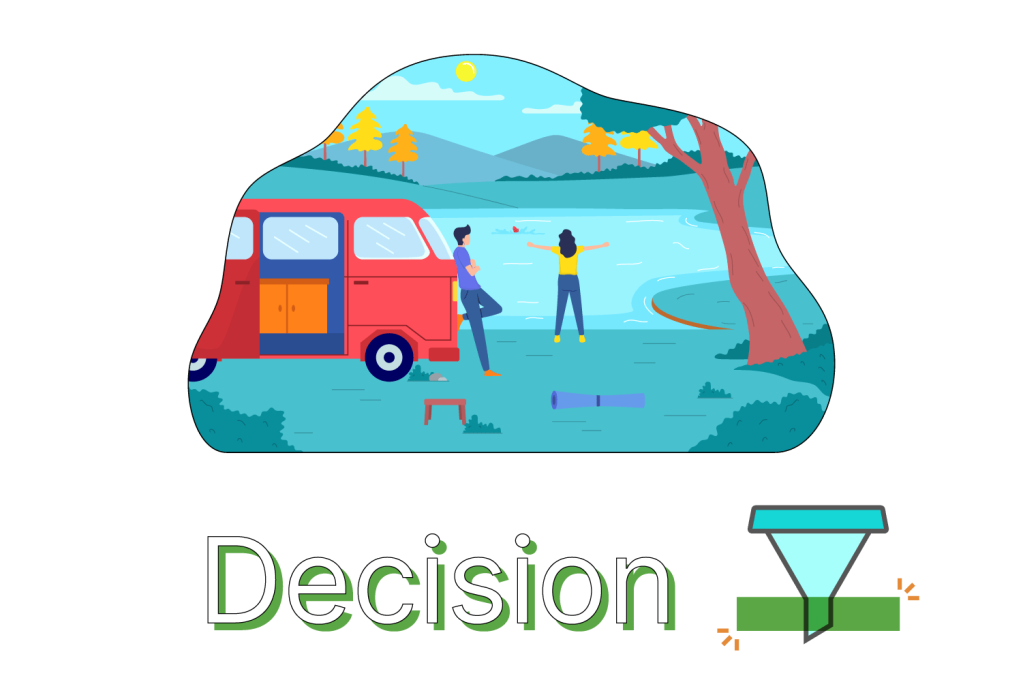
Bottom-of-funnel, decision-stage content is all about generating revenue. It should help guide your audience across the finish line into making a purchase, and repeat purchases.
However, this type of content can lose its punch when it’s the only thing on your site. You must educate and build trust with your readers in the prior stages The Content Marketer’s Funnel to get them ready to purchase. If you haven’t already, check out our companion blog posts on creating content for the awareness and engagement stages to get your funnel flowing properly.
Once you’ve got those covered, you can start to optimize your decision-stage content to maximize bottom-of-funnel conversions systematically.
Table of Contents
Convert the buying-ready with bottom-of-funnel content
The content and actions to track at this stage vary from company to company, but in general they all focus on your audience being ready to buy. Content can range from abandoned-cart email sequences to demo request page copy. Actions can range from downloading a case study to scheduling a pricing chat with a salesperson.
Readers in this lowest tier of your funnel should have already become familiar with your company at the awareness stage and transformed into a sales lead after further education during the engagement stage. Now it’s about readying them with the tools they need to make a decision to purchase as the motivation strikes.
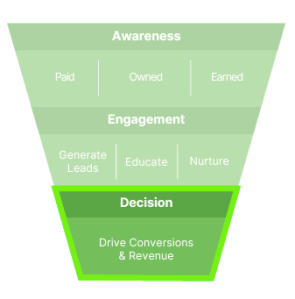
What’s considered content for this phase? It can be email pricing page copy, video, landing page CTAs, email content, or in-depth factsheets about your company’s offerings.
The right content for the bottom of the funnel will always depend on your company and your goals, but other common examples include:
- Demo request copy
- Free trial landing page copy
- Case studies
- Reviews/testimonials
- Onboarding content: knowledge guides, how-to videos, user forums
Consider travel & hospitality leaders’ examples for bottom-of-funnel inspiration
To determine the effectiveness of your content at the decision stage, ask yourself two questions: “Is my audience making the decision we’re putting in front of them?” and “How is it converting?” Bottom-of-funnel content must compel your audience to click, add to cart, or push “buy.”
Airbnb
If you’re looking for decision-stage inspiration, check out what Airbnb is doing.
Their property profiles are a masterclass in bottom-of-funnel content. From the immediate positive indicators of past visitors’ ratings to the prompt communication of pricing, these profiles are built to convert.

Scrolling further down, you can read a full description of the property, along with social proof from traveler testimonials.
Our favorite part, however, is that bit of copy right below the pricing totals that says, “This is a rare find. Hannah & Mike’s place on Airbnb is usually fully booked.” That’s professional-level, decision-stage content.
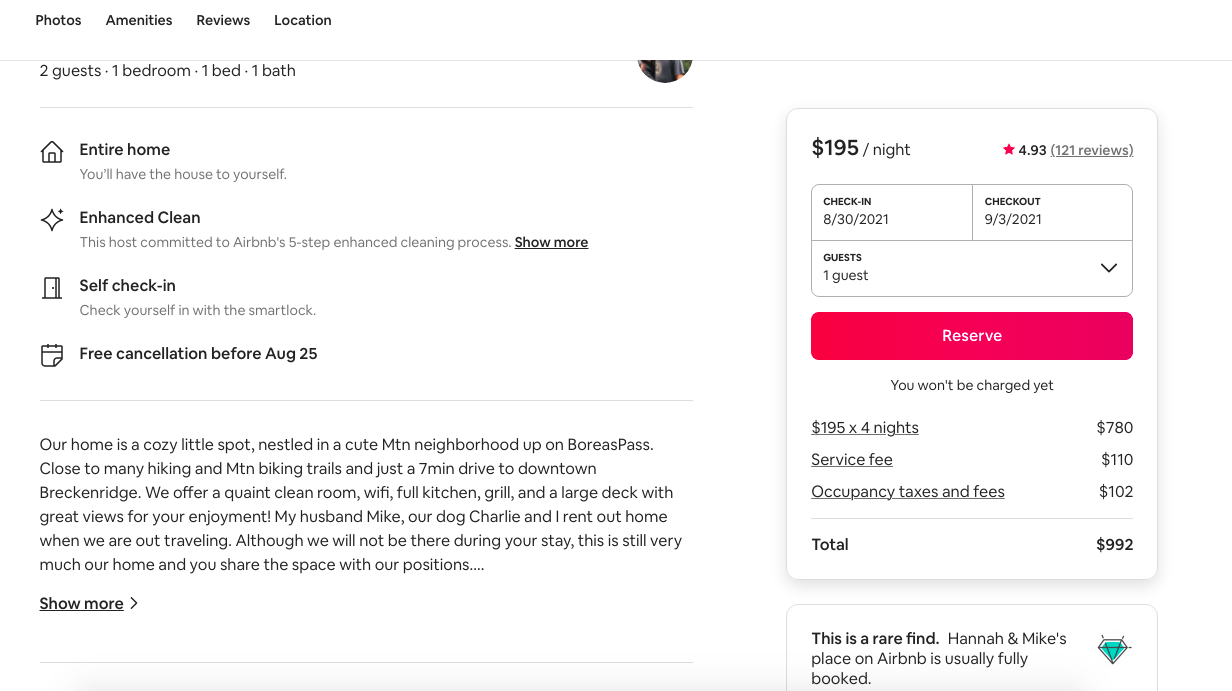

Clean Your Dirty Face
Clean Your Dirty Face is a hospitality company that gives clean, radiant facials to travelers on the go in most major U.S. cities. As with most websites in the industry, their homepage includes ample bottom-of-funnel opportunities, like claiming a coupon or booking a facial, to address low-hanging fruit opportunities.
Besides these direct CTAs to drive conversions, they also have a decision-stage strategy around emails. Email sequences that appear as personal emails, like the example below, extend unique purchase opportunities to people who indicated interest days, weeks, or even months earlier. It’s a clever way to create urgency and guide decision making.
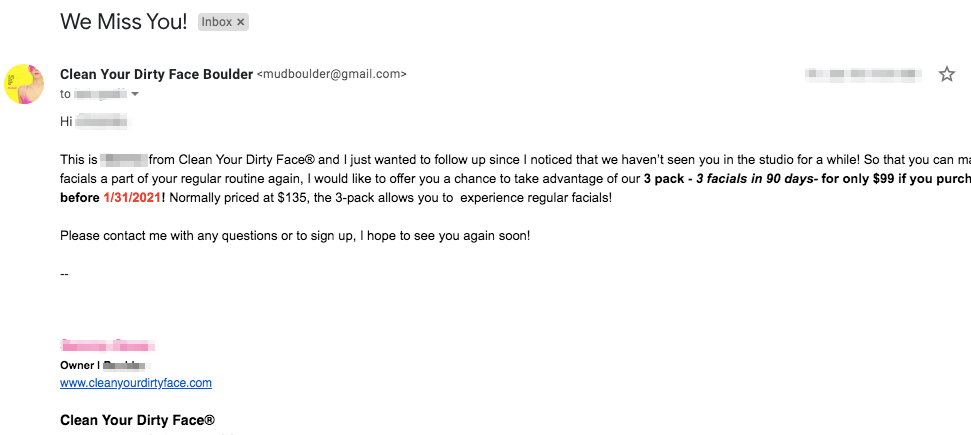
Hipcamp
Hipcamp is like a more adventurous younger sibling to Airbnb, curating outdoor getaway experiences in treehouses, campsites, and cabins. The flow to book stays is similar to Airbnb’s, but Hipcamp’s use of long-form content to transition from the middle to the bottom of the funnel is particularly smart.
Their homepage hosts a tapestry of topics to engage travelers, with a mix of evergreen— “Discover top spots near you”—and time-sensitive content—“Plan for Labor Day.”
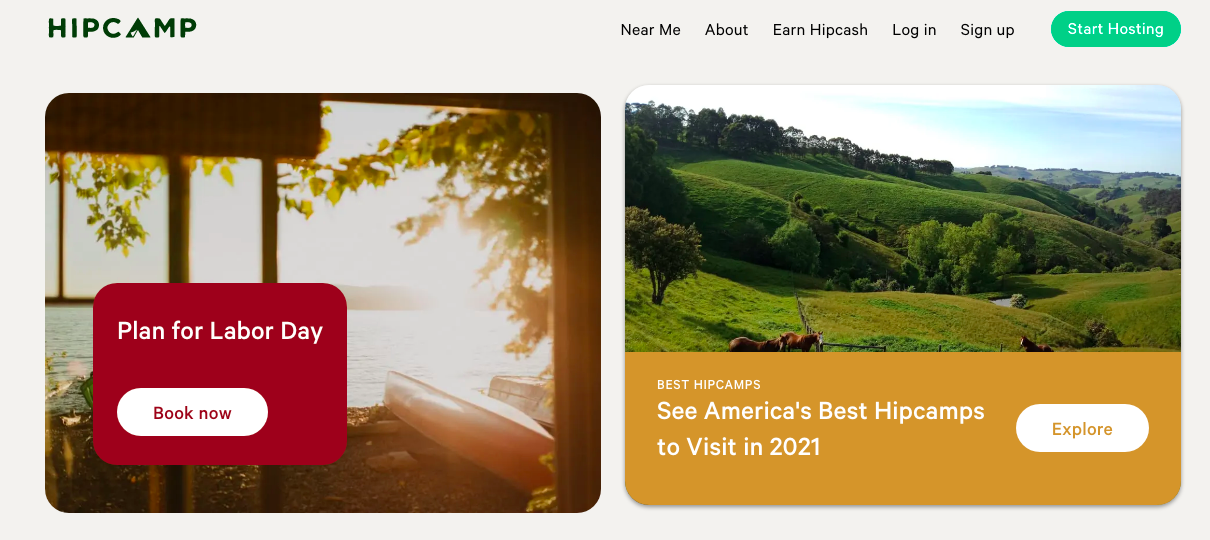
They also curate round-ups and guides to certain locales and top-rated Hipcamps across the U.S., Canada, and Australia:
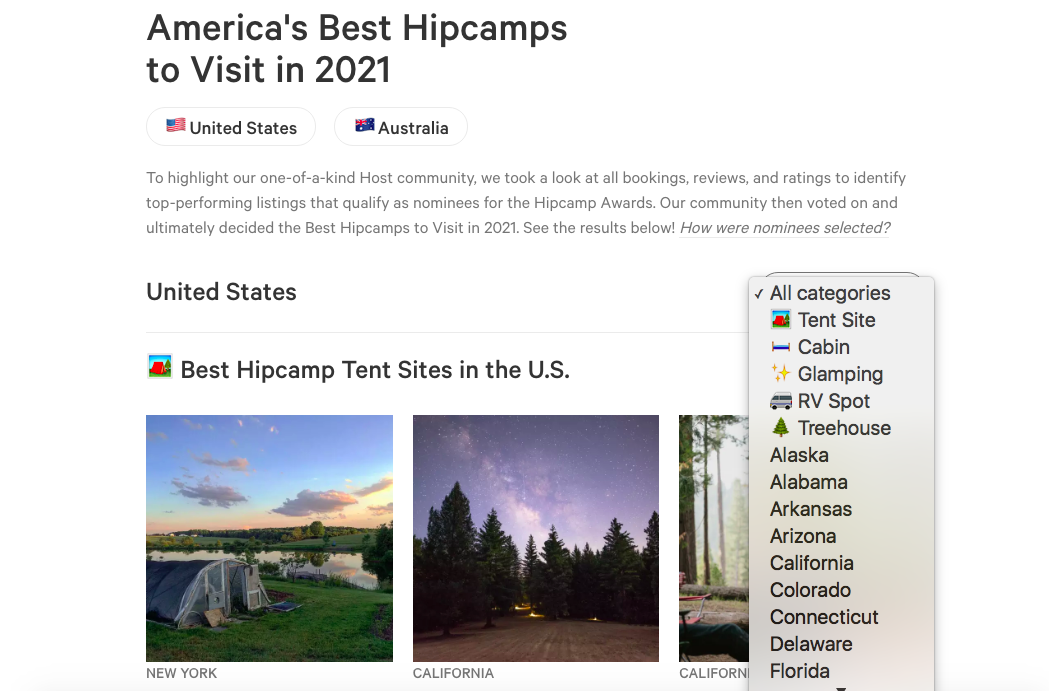
Southwest
Southwest is a behemoth in the travel space, with hundreds of thousands of customers. Their decision-stage content is vast, varied, and valuable. They serve up different service and pricing tiers when you sign up, ranging from Business Select and Gotta Get Away to their proprietary Low Fare Calendar. The variety and personalization encourages all types of travelers to book flights.
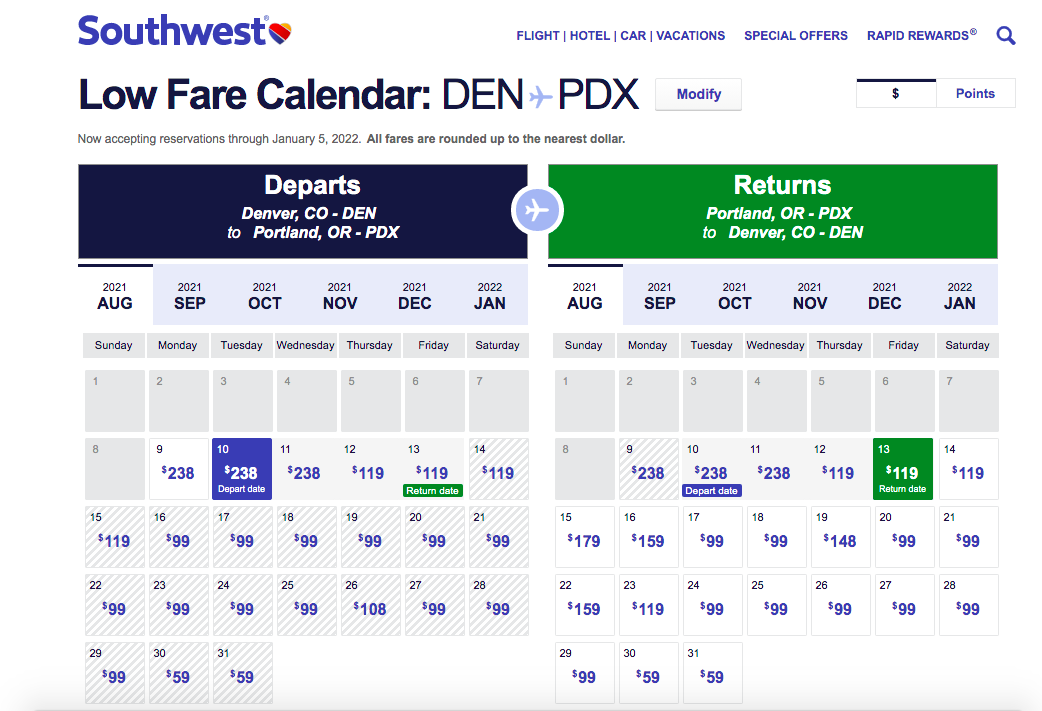
Similarly, the copy on their Getaway Deals Page is designed to drive quick conversions, with “starting at…” prices and limited-time offers:
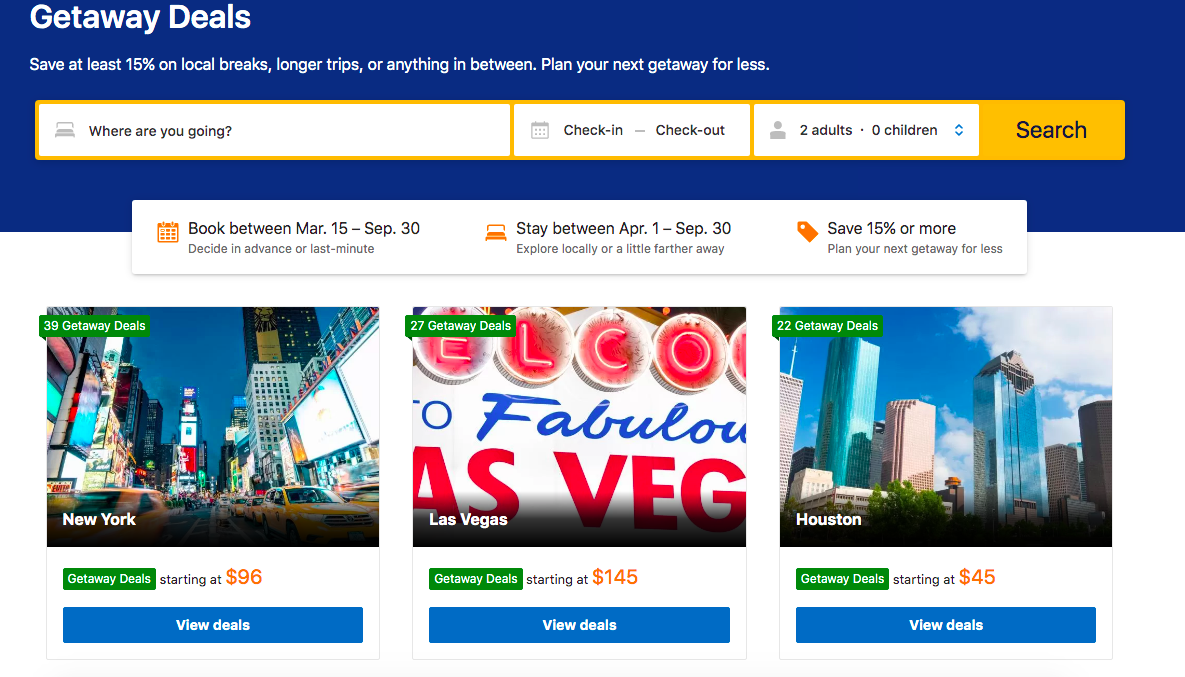
Precisely measure engagement with Parse.ly to optimize your content marketing funnel
KPIs for the decision stage correlate with revenue. Anything that translates to dollar signs applies: demo requests, free trial sign ups, or the amount of monthly revenue from a given service. Parse.ly’s content conversions can help you track KPIs that map closely from bottom-of-funnel opportunities to revenue.
Unlike other analytics platforms, Parse.ly is designed specifically for content teams, so it’s ideal for measuring content success at all stages of The Content Marketer’s Funnel. Want to see how your team can create a data-driven, scalable content strategy to achieve your company’s bottom-line goals? Follow the steps we’ve outlined in our guide. Or get a personal demo from our team of content analytics experts.